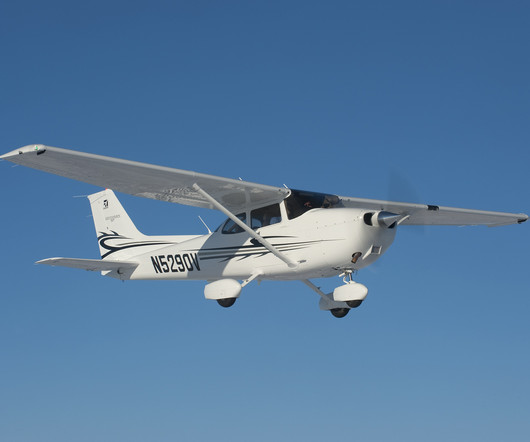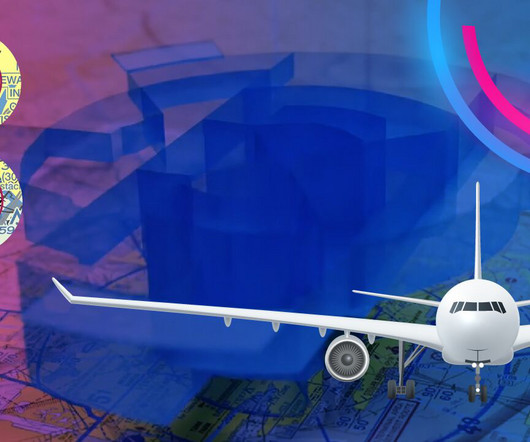Quiz: Airspace classifications and rules
Flight Training Central
MARCH 10, 2025
You’ll likely pass through several classes of airspace on every flight, whether it’s your first solo or a cross-country flight to the beach. Each class of airspace is depicted with unique markings on the sectional chart and different VFR weather minimums and equipment requirements. Special Flight Rules Area (SFRA).















Let's personalize your content